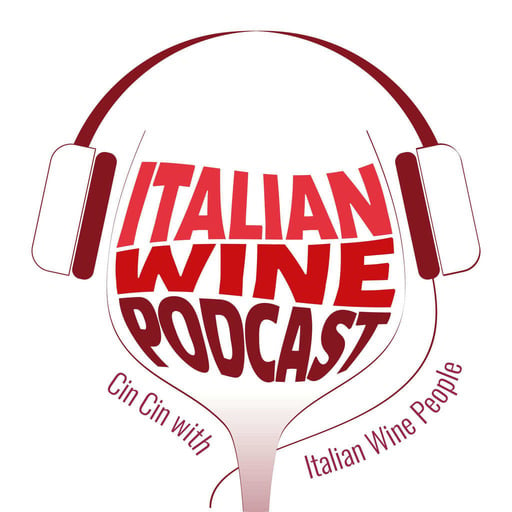💡 Please consider donating any amount to support the Italian Wine Podcast - donate here www.italianwinepodcast.com/donate-to-show/ and receive a free hard copy of The Jumbo Shrimp Guide to Italian Wine!
Italian Wine Podcast Episode 343: What is Scienzay up to these days?
It's #everybodyneedsabitofscienza and Professor Scienza is back to answer a question from David Pinzolo. I think I almost fainted by only listening to the question, and Stevie needed to have a coffee break so... You get the idea.
Musical Guest: ATOMO - Check him out! @atomo-cares
Supported by: Vinitaly International Academy. Join VIA today! www.vinitalyinternational.com/?page_id=3107
Questions from David Pinzolo, cofounder of Three Tier Partners:
Do you foresee a far-reaching change in the trellising systems used in vineyards away from vertical training and a return to pergola/horizontal systems as a result of climate change?
If so how would you expect the characteristics of the resulting grapes to change assuming the growers are continuing to focus on quality and not quantity so the new vineyards are set up to carry "proper yields" and are planted to the proper vine density per hectare?
What do you think of the concept of wild yeast and/or spontaneous fermentations with the idea that doing so gives the wines more product specificity? I have heard many producers talk about this practice with the belief that it works a little bit like a zip code so if done regularly and scrupulously it will yield wines that will speak of the area but even more so the vineyard and the specific winery. Do you agree?
How should one think of the most recent studies published in the US which seem to indicate that once commercial yeasts have been used in the fermentation area they are so aggressive that fermentations can be started spontaneously or using indigenous yeasts but in short order the ambient commercial strains will overtake the wild strains and the fermentation will effectively become one under the control of the non-native strains?
What is the difference, in your opinion, between genetically engineered vines and vines that are modified via more traditional crossing and propagation methods? Are the two essentially the same except that, in a very simplified fashion, the former involves a specific question and the attempt to reach the answer by working on the DNA sequence of the plant whereas the latter involves taking two plants with desirable characteristics mating them and hoping that those desirable characteristics will emerge in the resulting "offspring?”
Thanks, in advance, should you decide to answer one or more of my questions.
Cheers!


 Education
Education